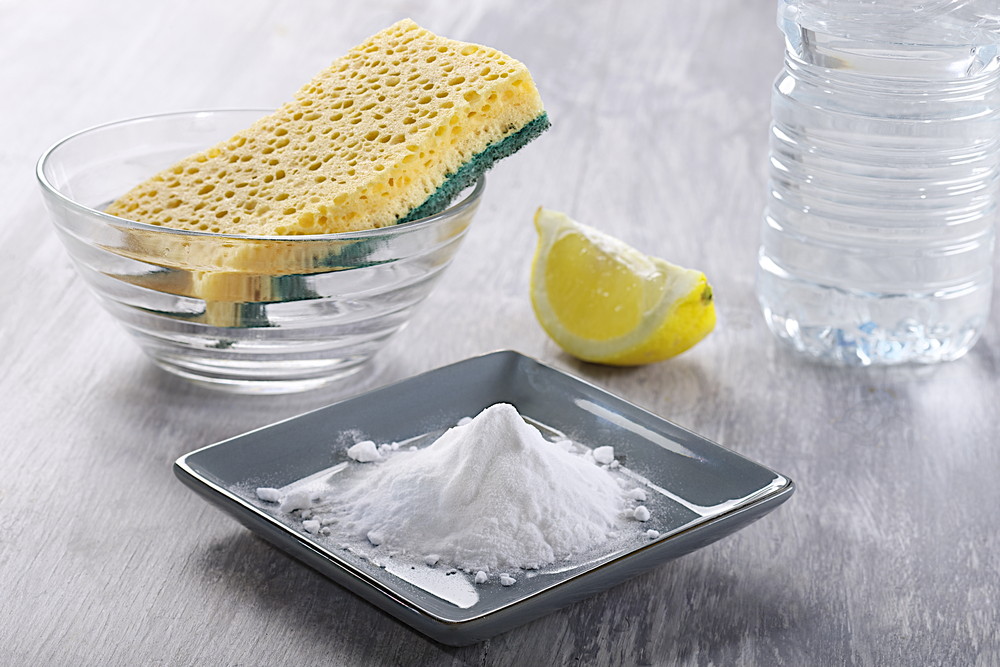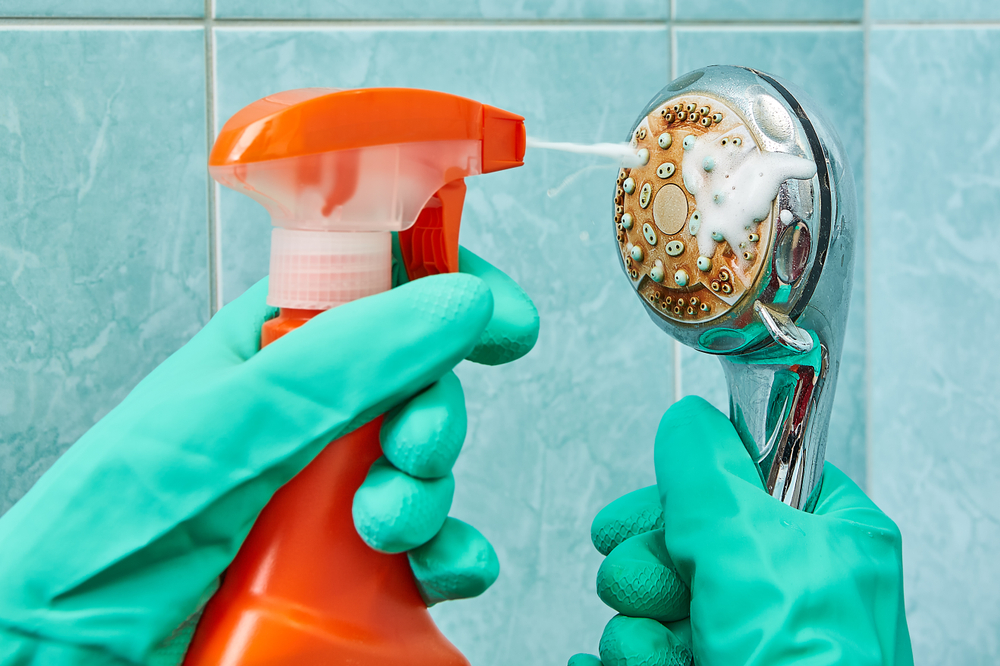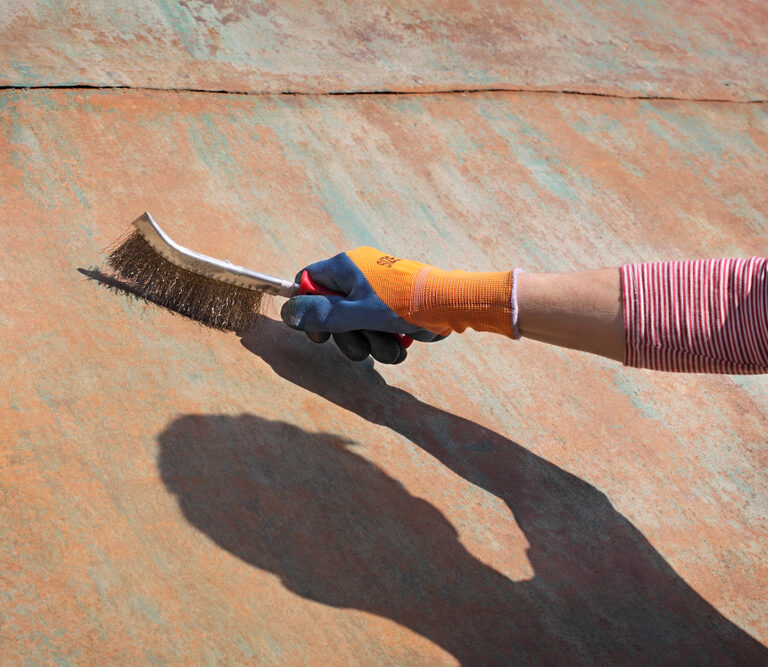If you are a proud owner of stainless steel appliances or cookware, you may think that there’s nothing you can put the material through that will damage it. However, becoming neglectful of your stainless steel’s needs can lead to the unfortunate occurrence of rust anywhere on the surface of it.
Dealing with rust on stainless steel can be annoying, but you shouldn’t worry too much about it – there are many easy, effective cleaning methods out there that can help you effectively remove these rust stains from anywhere on your stainless steel, leaving it looking shiny and brand new.
Why Does Stainless Steel Rust?
The first time you see rust on your stainless steel, you may be a little bit confused. After all, isn’t it supposed to be stainless?
While stainless steel is highly resistant to many more stains and scratches than normal, it still needs to be regularly maintained if you want to avoid rust forming on the surface of the metal – you can read more on the details of stainless steel’s chemical makeup and what contributes to rusting here.
Once you see rust on your stainless steel, however, you should know that the problem will only get worse if not treated. There are several methods to efficiently clean rust off your stainless steel and prevent it from coming back, which you can read about below.
Materials You Will Need to Clean Rust From Stainless Steel

There are several methods you can use to clean rust from stainless steel. We’ve listed some of the most common materials you might need to clean your stainless steel, but make sure to review which cleaning method you prefer before purchasing all of these materials, as you might not need to use every single one.
- Baking soda
- Sponges
- Cotton or microfiber cloths
- Lemon juice
- Oxalic acid cleaner
- Soft-bristled brush such as a toothbrush
- Salt
Your Full Guide to Cleaning Rust From Stainless Steel
There are several methods to clean rust away from stainless steel. These are three of the easiest and most effective cleaning methods that you can try out at home.
Method One – Baking Soda
For smaller spots of rust on stainless steel appliances or on cookware, you can mix a paste of baking soda and water; use a ratio of one tablespoon of baking soda to two cups of water. This method is best if you are very concerned about damaging the finish of your stainless steel, because while it is a powerful cleaner, it won’t scratch the surface or ruin the luster of the stainless steel.
- Apply the premixed paste onto the areas of rust using a sponge or clean cloth.
- Apply light pressure and scrub at the rust in the direction of the metal grain.
- Once it appears that most of the rust has lifted, rinse the area, wipe it down with a damp cloth.
- Follow up with a dry cloth to completely remove any moisture from the surface.
For areas that have larger rust spots, you can instead:
- Rinse down the area, removing any large chunks of rust or other debris, and leave the surface damp.
- Sprinkle baking soda over the rusted area, making sure that the area is completely covered.
- Allow the baking soda to sit for 30 minutes to an hour before taking a soft-bristled brush and scrubbing at the rust.
- Once you have scrubbed the entire area, rinse it down, wipe it off with a damp cloth, and then dry the area thoroughly.
If you want a slightly more powerful cleaner, you can also mix baking soda with equal parts lemon juice instead of water. Apply it to the stainless steel and clean with it in the exact same way you would as a baking soda and water mixture; you can also let this mixture sit on the stainless steel for up to 30 minutes if you are trying to remove tougher or larger rust stains.
Method Two – Lemon Juice and Salt
This method takes a little bit longer, but it’s very effective for cleaning off larger patches of rust or very stubborn rust stains.
- For this method to work, you will need to sprinkle a layer of salt across the rust; make sure that the rust is coated fully in a fairly thick layer.
- Once the salt is in place, squeeze a lemon or apply spoonfuls of lemon juice all over the salt (you can also use a lime or lime juice in this method). Make sure that no area of salt goes untouched by the lemon juice.
- Allow the lemon and salt mixture to set in place for approximately three to four hours. Once it has, take a soft-bristled brush and begin scrubbing at the rusted area. You could also use the peel or rind of your lemon to give an initial scrub and then follow up with the brush.
- After you have scrubbed the entire area, rinse it again and wipe it down with a damp cloth, then follow up with a dry cloth, thoroughly removing any moisture from the area.
Method Three – Oxalic Acid Cleaner
If you are looking for something a little bit stronger than baking soda, or you have rust stains on your stainless steel that will not budge, no matter what you do, an oxalic acid cleaner is your best chance. These products are designed to work with stainless steel and will work to clean the area without compromising the integrity of the stainless steel in the long run.
- Follow the directions on whichever cleaner you use and apply it to the rusted areas.
- Once the cleaner has set onto the rusted area, take a damp sponge or cloth and scrub at the cleaner lightly in the direction of the metal grain lines.
- After you have scrubbed the entire area, thoroughly rinse the cleaner off with fresh water and then towel dry the area, making sure to remove all of the moisture on the surface.
Protecting Your Stainless Steel From Rust

Avoid Harsh Scrubbers
Harsh scrubbers, such as steel wool or steel brushes, are a definite no go when it comes to cleaning your stainless steel.
You should also avoid using cleaners with fluoride or chlorine in their ingredients, as all of these items runs a large risk of damaging the finish and surface of your stainless steel and making it more acceptable to future rusting.
When cleaning your stainless steel, stick to a soft-bristled brush, such as a toothbrush, sponges, or cotton cleaning cloths.
Reduce Moisture
Moisture is one of the top factors that can leave your stainless steel rusted, especially if you live in a coastal environment that has a lot of salt-laden air.
Make sure to wipe up all spills on your stainless steel as soon as they happen, and try to avoid soaking anything made from stainless steel in water from extended periods of time.
Keep your stainless steel appliances and cookware as dry as possible at all times, and you will likely never run into issues with rusting.
Everyday Upkeep
Stainless steel might seem like it is impervious to everything, but you should remember to engage in everyday upkeep of it in order to keep it shiny and stain-free for as long as possible.
Wipe down your stainless steel appliances at least once a week with warm water and a mild detergent like dish soap, before rinsing the area and making sure to dry it off completely. This will remove smudges, fingerprints, and other lingering stains on the surface of the stainless steel that could lead to rusting in the future.
You should also make sure to wash any stainless steel cookware as soon as you are done using it; don’t soak the cookware in water too long and make sure to dry it off with a cloth after cleaning it instead of allowing it to drip dry, as this will help to prevent rust from forming.
Maintaining Shiny Stainless Steel
When your stainless steel becomes unfortunately stained with rust, it can be a confusing process trying to figure out the best way to clean it. However, there are several cleaning methods available to you that can do a fantastic job of getting your stainless steel rust-free as fast as possible.
As long as you follow one of these methods, you’re sure to have shiny stainless steel in no time at all.
